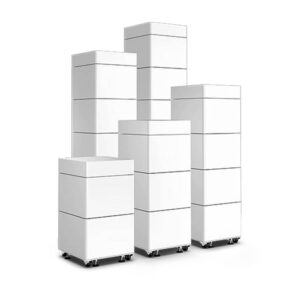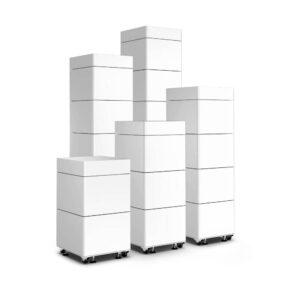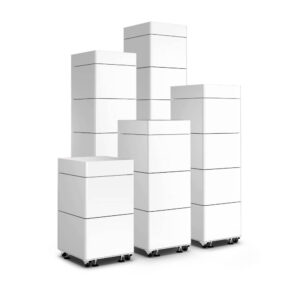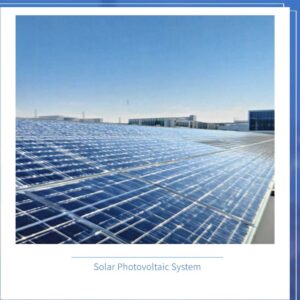Choosing how to connect solar panels serial or parallel depends on your needs. If you want higher voltage, use a series connection. A parallel setup gives you more current. Shading hurts series connections more; one weak panel lowers the whole string’s output. In parallel, shading one panel does not hurt as much. Parallel wiring is more flexible, although it can be harder to install. Think about your voltage needs, how much shade your panels get, your wiring distance, and where you use the system. You might use it at home, in an RV, or off-grid. By considering these factors, you can choose the best way to wire your solar panels serial or parallel.
Key Takeaways
- Pick series wiring if you need more voltage. This setup works well for grid-tied systems. It also helps lower power loss over long wires.
- Use parallel wiring if you worry about shading. Each panel works on its own. Shaded panels will not lower the output of other panels.
- Think about a series-parallel setup for bigger systems. This way, you get the good parts of both series and parallel wiring. It lets you manage voltage and current in different ways.
- Always make sure your solar panels have the same voltage and current ratings. Using different types can cause problems and even damage your system.
- Plan for safety and for adding more panels later. Use good materials and connectors. Design your system so you can add more panels in the future.
Series Wiring
How Series Works
When you connect solar panels in series, you join the positive end of one panel to the negative end of the next. This setup makes the total voltage go up, but the current stays the same. For example, if you connect three 12V panels that each have 5A in series, you get 36V and still 5A. This way helps you get higher voltage, which is needed for many home solar systems. Series wiring is often used in grid-tied systems because the inverter needs more voltage to work well.
Tip: Series wiring is helpful when you want to lose less power over long wires. Higher voltage means less energy is lost in the cables.
| Voltage Rating | Common Use |
|---|---|
| 12V | Small systems |
| 24V | Common for grid-tied |
| 48V | Common for grid-tied |
Series Pros
Series wiring has many good points. You use fewer wires, so you spend less money and time. The setup is simple, which makes it easier to install. This method is great for small projects and helps you save money.
- You get higher voltage, which is good for long wires.
- You need less wiring, so it is faster and cheaper to set up.
- You can add more panels to reach the voltage your system needs.
If you compare solar panels serial or parallel, series wiring is a smart choice for saving money and working well in many homes.
Series Cons
Series wiring also has some problems. If one panel is shaded, it affects all the panels in the string. The shaded panel slows down the whole group and lowers the voltage and power. This can make hot spots, which might hurt your panels after a while.
- Shading causes big energy losses and makes the system work worse.
- One weak panel can lower the output of all the panels in the series.
- The system is less reliable if your panels get shaded a lot.
| Interconnection Scheme | Impact on Reliability under Partial Shading |
|---|---|
| Series Wiring | Big power losses and lower efficiency if one or more cells are shaded, which can cause reliability problems. |
| Bypass Diodes | Help with shading problems but do not fix all reliability issues. |
Parallel Wiring
How Parallel Works
When you connect solar panels in parallel, you join all the positive terminals together. You also join all the negative terminals together. The voltage stays the same as one panel. The current adds up from each panel. For example, if you have three panels that each make 6 amps at 18 volts, the total current is 18 amps. The voltage is still 18 volts. This method is good when you need more current for your devices or batteries.
Parallel connected solar panels focus on current. The total current is the sum of each panel’s current. Using panels with the same electrical characteristics helps them work better. The voltage will match the panel voltages. If panels do not match, the system may not work as well.
Parallel Pros
Parallel wiring has many good points, especially if you want your system to handle shading better. Each panel works by itself. If one panel gets shaded, the others keep working at full power. This setup helps you get more reliable energy, even if some panels are in the shade.
- Greater Current Flow: You get more current, which helps systems that need higher current.
- Improved Shading Tolerance: Each panel works on its own, so one shaded panel does not lower the output of the others.
| Shading Condition | Output (W) | Efficiency (%) |
|---|---|---|
| No shading | 300 | 100 |
| 25% shading | 250 | 83 |
| 50% shading | 200 | 67 |
With parallel wiring, each panel works alone. If one panel is shaded, only that panel is affected. The rest keep working well.
Parallel Cons
Parallel wiring can make your system more complicated. You need more connectors and longer cables. This can cost more money and make it harder to install. Large systems with many panels in parallel may need thicker wires. Thicker wires can add to the cost.
| Wiring Method | Complexity | Cost Implications |
|---|---|---|
| Parallel | More complex because of extra connectors and longer cables | Higher costs because you need more connectors and cables |
| Series | Easier to install with fewer connectors | Lower costs with just standard MC4 connectors |
When you compare solar panels serial or parallel, think about what you need for current, shading, and installation costs. Parallel wiring is best if you want steady power in mixed sunlight, but the setup is more involved.
Solar Panels Serial or Parallel: Which to Choose?
Home Systems
When you put solar panels at home, you must think about voltage, current, and how far wires go. Most homes use a grid-tied inverter. This inverter needs high voltage to work well. If you connect panels in series, the voltage adds up. The current stays the same as one panel. This helps send power far without losing much energy.
For grid-tied home systems, series wiring is usually best. You get higher voltage. This matches what most inverters need. It also helps lower power loss.
Here is a simple chart showing how series and parallel wiring change your system:
| Wiring Type | Voltage Output | Current Output |
|---|---|---|
| Series | Adds up (all panel voltages) | Stays the same as one panel |
| Parallel | Stays the same as one panel | Adds up (all panel currents) |
If you use batteries, match your system voltage to your batteries. Some homes use both series and parallel to balance voltage and current. When you compare solar panels serial or parallel, think about what your inverter and batteries need.
RV and Off-Grid
RV and off-grid systems need different things. You often want to charge batteries and run devices right away. In these cases, parallel wiring can help. Each panel works by itself. If one panel is shaded or breaks, the others still work. This gives you steady power, even if your RV is under a tree.
- Series wiring in RVs gives higher voltage. You can use thinner wires. This saves space and weight. But if one panel gets shaded, all panels lose power.
- Parallel wiring gives more current. Each panel works alone. Shading only hurts one panel. You need thicker wires, but your system is more reliable.
| Wiring Method | Advantages | Considerations |
|---|---|---|
| Series | Higher voltage, smaller wires | Shading hurts all panels |
| Parallel | Each panel works alone | Needs bigger wires |
When you pick solar panels serial or parallel for your RV or cabin, think about shade and how far your wires go.
Shading Impact
Shade can lower your solar power. In a series setup, if one panel is shaded, all panels slow down. The current drops to the weakest panel’s level. This can cut your energy by half or more. In parallel, only the shaded panel loses power. The rest keep working strong.
| Connection Type | Effect of Partial Shading | Energy Output |
|---|---|---|
| Series | Big effect; current drops to lowest panel | Drops to 157 Watts |
| Parallel | Unshaded panels keep working well | Goes up to 255 Watts |
If you expect shade, parallel wiring or a mix can help you get more energy. Always check your roof or site for shade before you choose how to wire your system.
Safety and Maintenance
Safety is important when you wire solar panels serial or parallel. High voltage in series setups can be dangerous. Use good insulation and connectors. Always use strong materials and follow local rules. Parallel systems use more current. You need thicker wires and strong connections to stop overheating.
- Use strong materials for all wires and connectors.
- Make sure connections are tight and safe.
- Follow local rules for safety.
- Plan so you can add more panels later.
- Do not mix panels with different ratings in parallel setups.
Good planning and safe wiring help your solar system last longer. Regular checks and cleaning keep your panels working well.
When you compare solar panels serial or parallel, always think about safety, easy maintenance, and how you might grow your system later.
Combining Methods
Series-Parallel Setup
You can use both series and parallel wiring together. This is called a series-parallel setup. First, you connect some panels in series to make the voltage higher. Next, you connect these groups in parallel to get more current. This way, you can match your system’s voltage and current needs.
- Series connections make the voltage go up. This helps you reach the voltage your inverter needs.
- Parallel connections add the current from each group. This makes your system more steady. If one panel stops working, the others still work.
People use this setup in bigger solar systems. It helps you avoid problems with too much current or voltage. Your system can be more reliable and easier to grow.
When to Combine
A series-parallel setup is good when you want more choices and better results. This method lets you build a system that fits what you need. You can control both voltage and current. This helps your system work well in many places.
| Benefit | Description |
|---|---|
| Flexibility | You can set voltage and current for your needs. |
| Optimized Performance | It helps with shade and makes your system work better. |
| Scalability | You can add more panels in series or parallel. |
Many people use this method for small or medium off-grid systems. You might see it in RVs, boats, or tiny homes. If you have four or more panels, you can use this setup. You can make high-voltage groups and then connect them in parallel. This keeps your system safe for your charge controller and keeps the current low.
Tip: If you want to add more panels later, a series-parallel setup makes it easy. You can keep your system working well and balanced.
Picking how to wire your solar panels depends on what you want. You need to think about voltage, current, shade, and where you will use your system. The table below shows which wiring method works best in different cases:
| Wiring Method | Best For | Pros | Cons |
|---|---|---|---|
| Series | Grid-tied systems | Less power loss over long distances | Shading affects all panels |
| Parallel | Off-grid systems | Handles shading well | Needs thicker cables |
| Series-Parallel | Large home or business systems | Balances efficiency and reliability | More complex to install |
Before you begin, do these things:
- Figure out how much energy you need and check your site.
- Choose the right parts for your system.
- Make a plan for safety and for adding more panels later.
Picking the right way to wire your panels helps your system work better, last longer, and have fewer problems. 🌞
FAQ
What happens if you mix different solar panels in series or parallel?
You should avoid mixing panels with different voltages or currents. This can lower your system’s performance. Panels work best when they match. If you mix them, you may lose power and risk damaging your equipment.
Can you add more panels later to a series or parallel setup?
You can add more panels to both setups. In a series, match the voltage. In parallel, match the current. Always check your inverter or charge controller limits before adding panels.
Which wiring method is safer for beginners?
Parallel wiring is safer for beginners. You work with lower voltage, which reduces shock risk. Series wiring can reach high voltage quickly. Always follow safety rules and wear protective gear.
Does wiring type affect how much energy you get on cloudy days?
Wiring type does not change how much sunlight panels receive. Parallel wiring helps if some panels get less light. Each panel works alone, so you get more steady power in mixed weather.
How do you know which wiring method fits your system?
Check your inverter or battery voltage needs. Look at shading in your area. Use series for higher voltage and long wires. Use parallel for better shading tolerance and higher current. Ask a solar expert if you feel unsure.

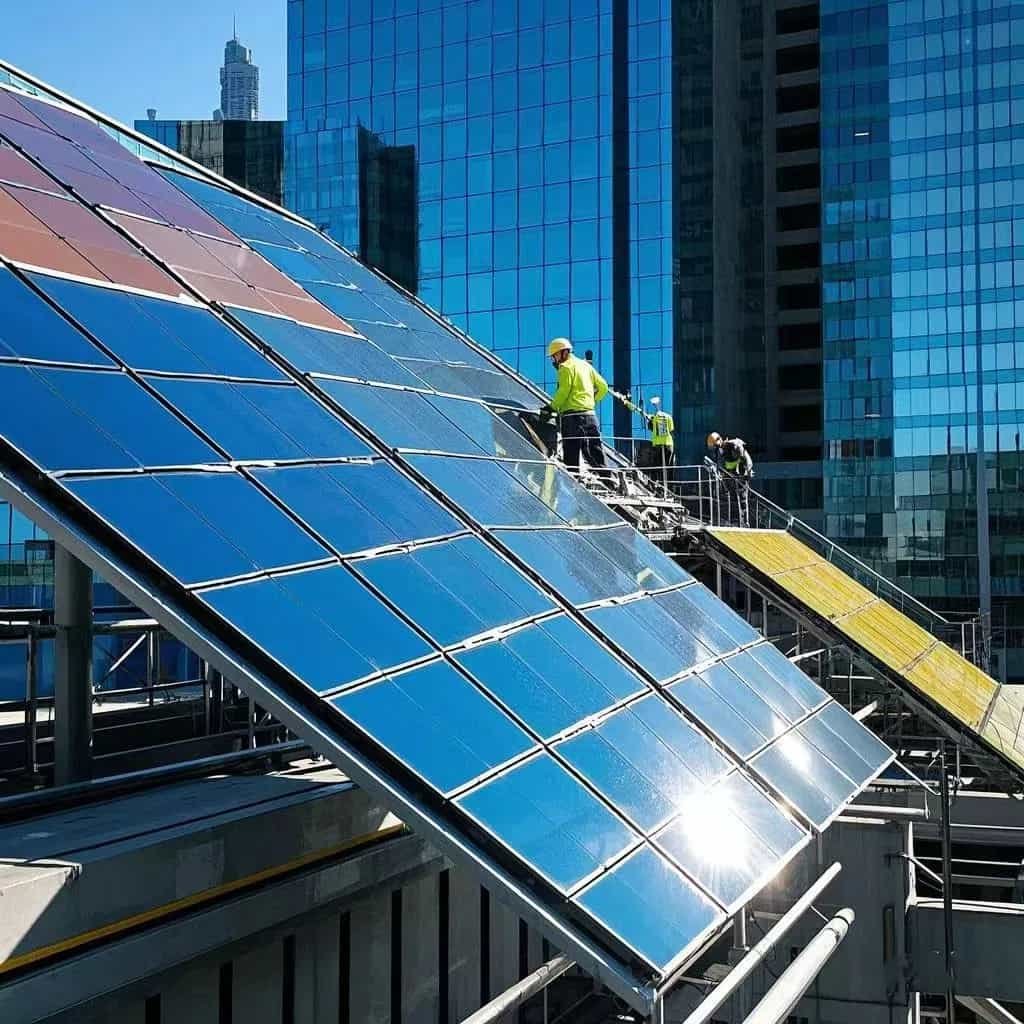
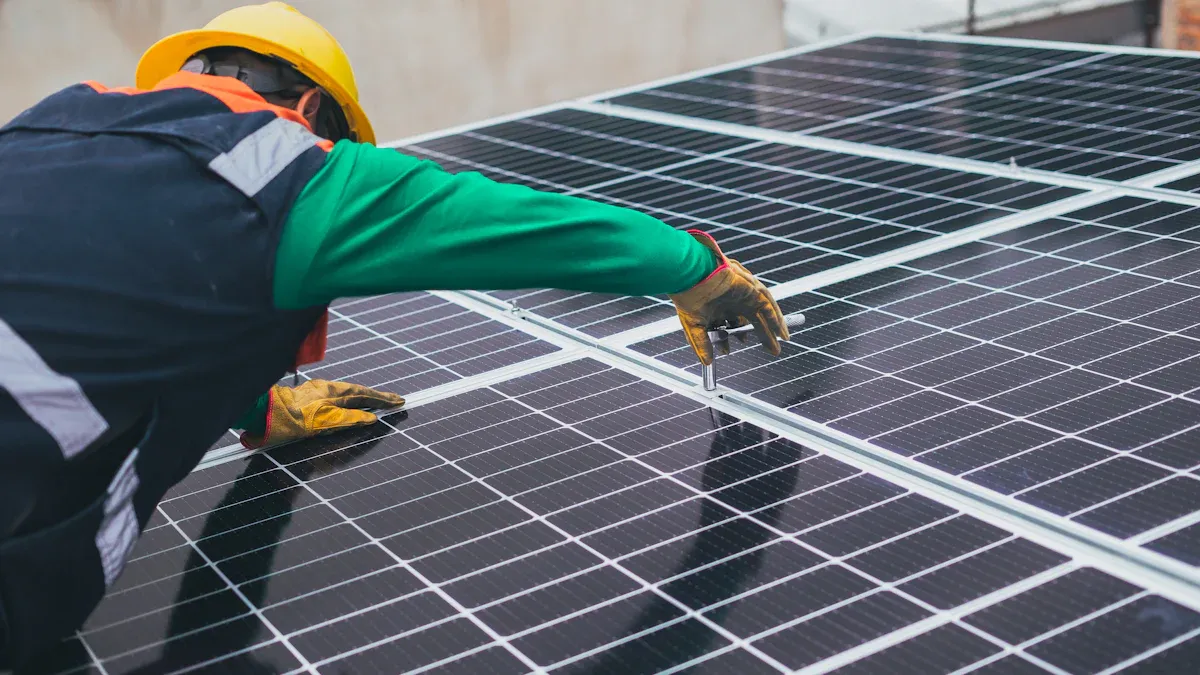
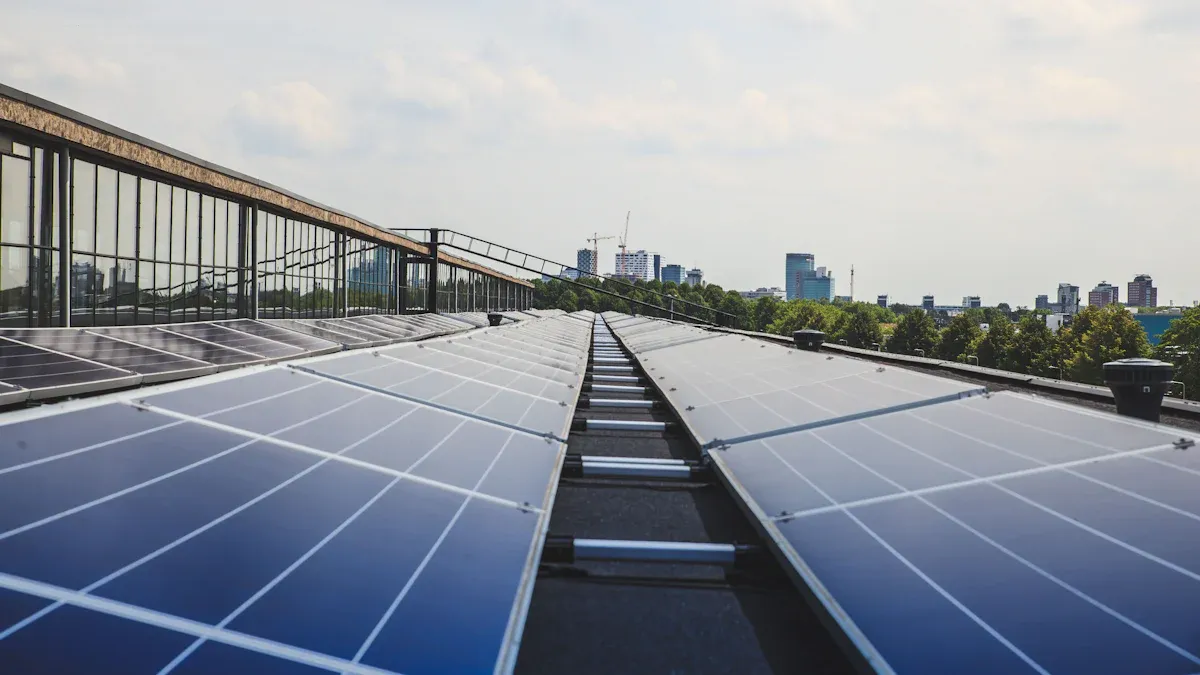
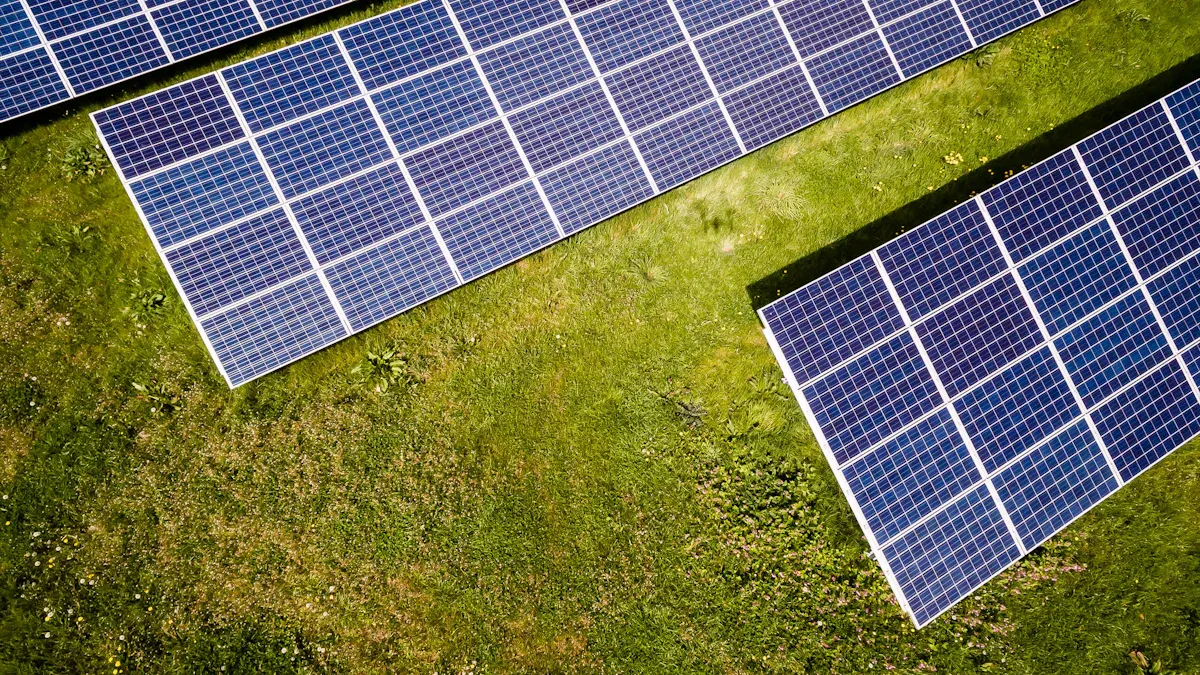



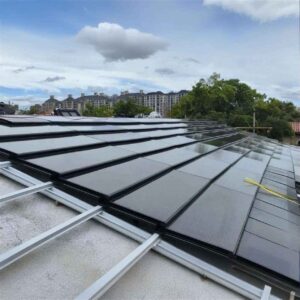
-300x300.jpg)
-300x300.jpg)
